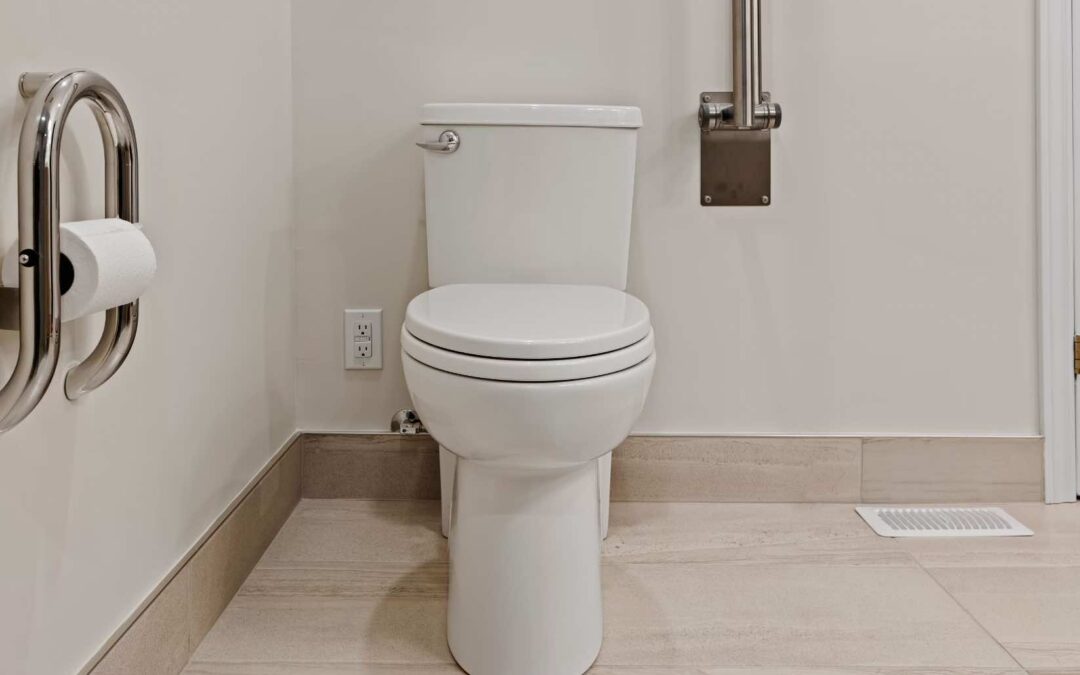Most of us have faced the frustration of pressing a toilet handle only to be met with a half-hearted swirl instead of a robust flush. While typical culprits like clogs are well-known, let’s uncover some lesser-discussed reasons your toilet might be underperforming.
1. Compromised Fill Valve:
The fill valve regulates the water refill post-flush. A malfunctioning valve might not fill the tank adequately, causing a weak flush.
Advice: Listen for a hissing sound – a telltale sign of a faulty fill valve. If detected, consider replacing the valve.
2. Vent Stack Obstructions:
Your plumbing system needs to ‘breathe’. The vent stack allows sewer gases to escape and air to enter, ensuring smooth water flow. If it’s blocked (e.g., by bird nests), it can disrupt the flushing mechanism.
Advice: Regularly inspect the vent stack on your roof for obstructions. Clear away debris and consider adding a protective screen.
3. Sediment Accumulation:
In areas with hard water, sediment can accumulate at the bottom of the tank, displacing water and affecting the flush.
Advice: Drain the toilet tank and clean out any sediment. Using water softeners can prevent future accumulation.
4. Outdated Toilet Design:
Older toilets might simply not have the flushing power of modern designs due to larger trapways and inefficient water usage.
Advice: If you’ve addressed other potential causes and the issue persists, consider upgrading to a modern, water-efficient toilet model.
Conclusion:
A robust flush is indicative of a healthy toilet and plumbing system. By understanding both common and uncommon reasons for flushing issues, homeowners can ensure a consistent and efficient bathroom experience.

